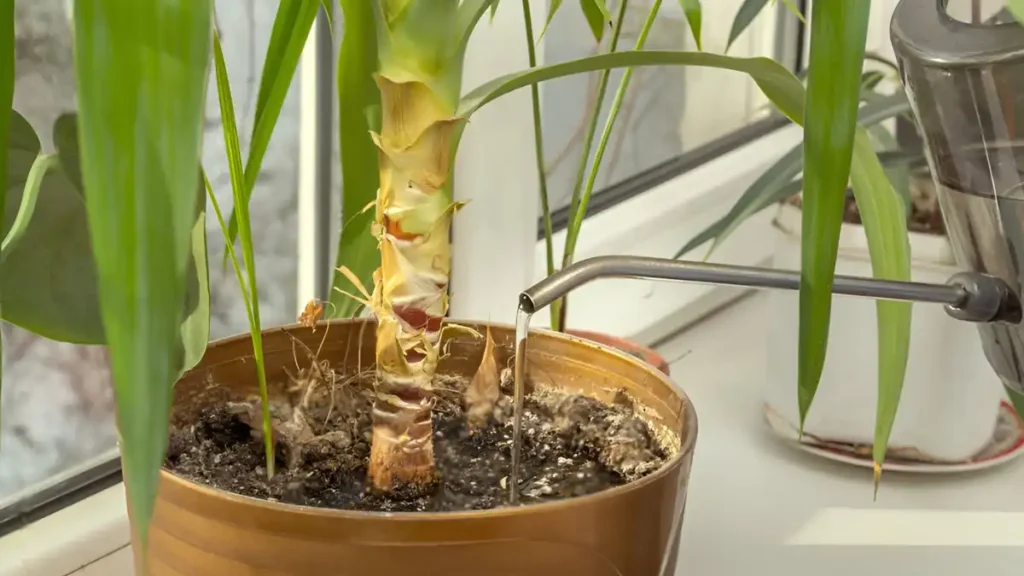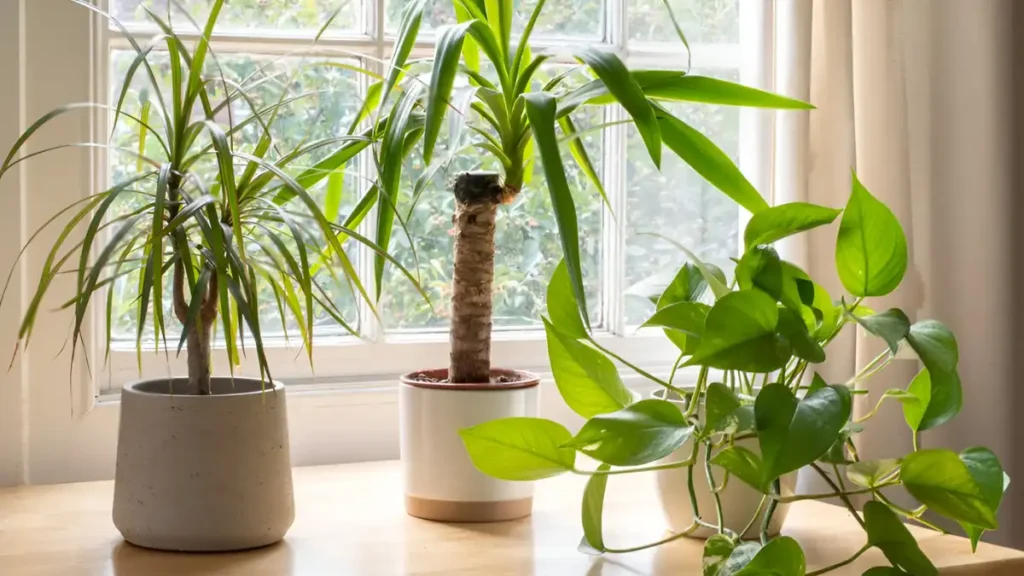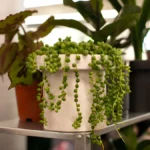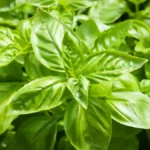The Asparagaceae family includes the yucca plant. Their tall, spiky leaves and distinct rosette structure are what set them apart. While some yucca plants grow into shrubs, others produce a trunk like a tree. In the south, where they receive lots of sunshine, yuccas thrive organically. However, cultivating yucca in a container garden is a wonderful way to bring the outside in. If you take proper care of your houseplants, you can prolong the life of these powerful figures. We will delve into the intriguing world of indoor yucca plant in this in-depth guide, and we’ll look at how they can completely transform the look and feel of your living area.
Easy care for indoor yucca plant:
- Light: Bright, indirect light is preferred by yucca plants. Avoid placing them directly in the sun, especially during the hottest part of the day; instead, place them close to a window where they may get enough of natural light.
- Water: Although the indoor yucca plant can withstand drought, consistent watering will promote optimal growth. Watering the leaves directly could encourage fungal illness, so avoid doing so. When the top third of the compost is dry, it requires watering. In winter, cut back on watering by half.

- Soil: Soil and compost are two of the main problems in caring for yucca plants indoors. Yuccas like well-draining soil, so choose compost wisely for your indoor plants. To provide proper drainage and avoid waterlogging, choose cactus or sandy soil.
- Temperature and Humidity: Yuccas can tolerate a wide range of temperatures, though they do best in warmer climates. Although they can withstand dry indoor air, they will enjoy the odd mist in hot, dry weather.
- Fertilizing: To promote healthy development, feed your yucca plant a balanced fertilizer throughout the spring and summer. For information on application rates, refer to the fertilizer package directions.
Conclusion:
Understanding the unique requirements of indoor yucca plants and creating the right environment for growth is key to mastering their care. Indoor yuccas may flourish and make eye-catching accents to interiors when given the right care and attention to soil, light, temperature, and watering. You can easily maintain a gorgeous and healthy indoor yucca plant with little work if you adhere to these easy-care guidelines.
Certainly! If you’d like to learn more, please consider following our WhatsApp Channel: Harvest Gardening
A frequently asked questions:
Q1: How can I deal with pests on my indoor yucca plant?
A1: If your indoor yucca plant has pests like scale insects or spider mites, gently wipe the afflicted leaves with a moist cloth or sponge to get rid of the pests. Use neem oil or insecticidal soap as prescribed for severe infestations.
Q2: What are some indoor yucca plant problems?
A2: Overwatering can cause root rot in indoor yucca plants, while inadequate light can limit growth or cause yellowing of the foliage.
Q3: How do I propagate red yucca plant?
A3: You can multiply red yucca plants by dividing them or by gathering and sowing their seeds. The best times to divide plants are in the spring or early summer, although seeds can be put indoors in late winter and moved outside following the last freeze.
Q4: What are some common indoor yucca plant varieties?
A4: Yucca guatemalensis, or Guatemalan yucca, Yucca aloifolia, or Spanish bayonet, and Yucca elephantipes, often called spineless yucca or huge yucca, are some typical types of yucca plants grown inside.



